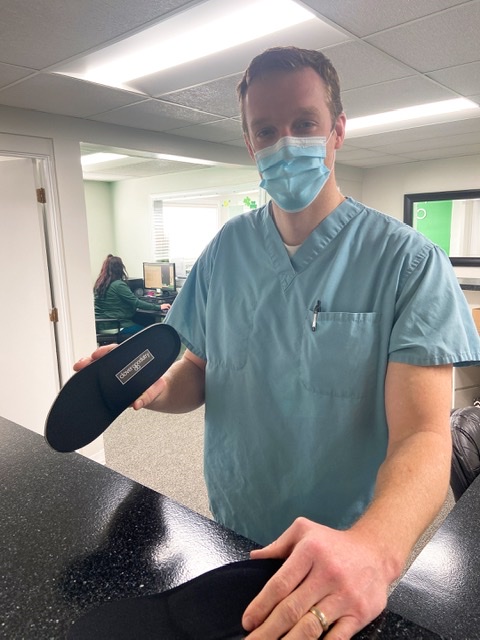Adults are told to aim for at least thirty minutes of moderate physical exercise per day, but many struggle to reach that goal. It never feels like there’s enough time – you’re probably busy with other things! Here are a few tips to help you fit fitness into your busy life:
1. Start Small.
The first step of a fitness journey can actually be broken into two parts, both of which require tempered expectations:
Part one is to find which physical activities appeal to you, and how to make them more enjoyable. If you hate lifting weights, you’ll always find excuses to avoid the dumbbells. On the other hand, there might be something you can change about your approach to lifting weights that will lead to you enjoying the activity more.
Following an exercise routine online or changing the location of your workouts or looking for alternatives to the exercises you dislike the most are good places to start experimenting with how to make an exercise more likable. If you want to incorporate strength building into your regular workout routine, but still can’t find a way to make lifting weights enjoyable, try substituting with body weight exercises, like pilates or calisthenics.
The second part of starting small is to set realistic goals. This is especially important if you’re either new to exercise or have fallen out of a routine.
Instead of trying to rush progress, remember that it takes time to build a habit. One minute of exercise will always be more than zero minutes, and if exercising for thirty sounds daunting, aim for five minutes instead.
2. Build on Progress.
In fitness, there are generally two ways to increase our progress: adding time or adding difficulty. The previous example ended with whatever amount of exercise per day sounds manageable, or “five minutes”. The goal was simply to make exercise a part of your routine, and to help build intrinsic motivation through finding activities that are enjoyable and doable.
Once that becomes routine, the next step to gaining more motivation is to build on your progress. Depending on the type of exercise, adding difficulty can mean a lot of things: trying harder variations of a bodyweight exercise or pushing yourself to take fewer breaks while running are common examples. Time should be added incrementally – if adding another five minutes is overwhelming, start by adding only one minute at first.
Any time you become comfortable with a routine, look for a way to add to it. Continue building on this routine until you’ve reached your fitness end goal.
3. Keep Equipment within Easy Reach.
Sometimes, all it takes to make the decision to put on a pair of running shoes or pick up the weights is not keeping them hidden in the back of the closet or buried under a pile of clothes. This could be as simple as setting a pair of workout clothes out a day in advance or planning to exercise ahead of time – anything to remove even one extra step can help on a day you might otherwise be too tired or too unmotivated might help.
The counterpart to this tip is to keep any temptations, bad habits, or demotivators out of reach. Make it more inconvenient to reach junk food by burying it in the back of the cupboard or storing it in a room you don’t normally use, for example.
Obstacles and inconveniences, even seemingly benign ones, have a lot of influence over the decisions most people make.
4. Recognize Opportunities.
Not all exercise needs to be rigorous. Keeping this in mind, most people have opportunities to get a little extra exercise throughout the day regardless of how busy they are. As with the previous tips, it’s simply a matter of what is and isn’t habitual yet!
Taking the stairs or walking further from your car might add a few extra minutes to your schedule at most – or none at all if you look for opportunities to take a quick walk whenever you’ve already committed a block of time to doing something.
Think, for example, about how habitual it might be to grab your phone while waiting for a mechanic to look at your car or during a lull at work. Do you park as close as possible to the entrance at the grocery store and take the elevator instead of the stairs if you’re staying at a hotel? Unless you’re in an extreme rush, what is stopping you from getting up and taking a short walk in either of those situations?
Usually, it’s just what you’re used to doing!
Put into perspective, there are almost one and a half thousand minutes in a single day. Not all of them need to be productive, but most people have a few spots throughout the day to sneak in some exercise.
By: Katherine Robinson, a writer for Fitness19







